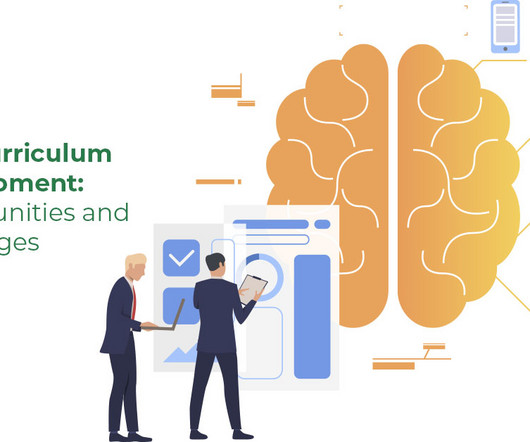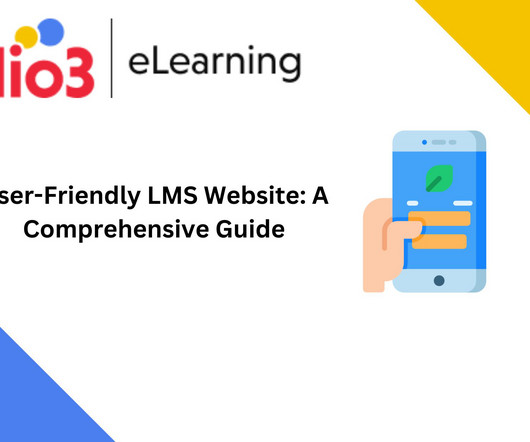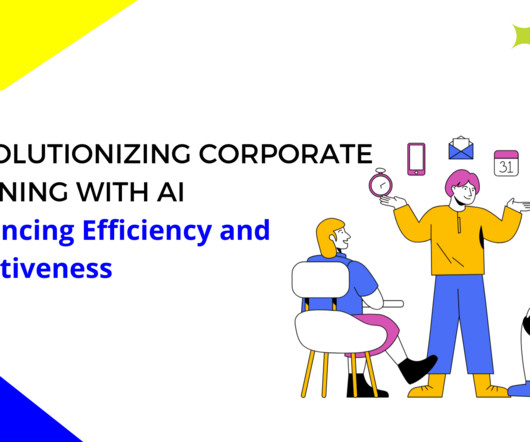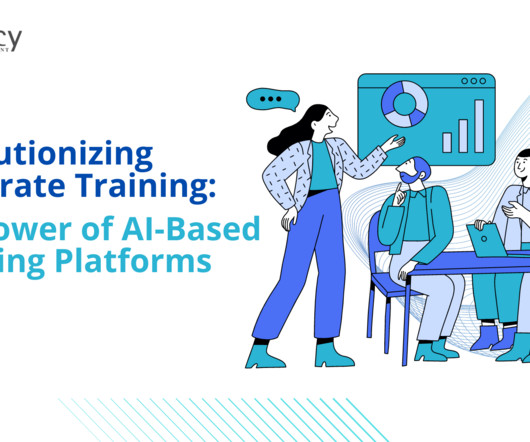Recommended Reading Summary: A Chapter of “From Practice Fields to Communities of Practice”
Adobe Captivate
MARCH 28, 2019
I’ve since started writing chapter summaries (here is the first one ) so people can “preview” some of the great books out there and hopefully end up reading them! Here is this month’s chapter summary. Cognitive activity utilizes the symbols to perform computations, which we define as thinking.




































Let's personalize your content